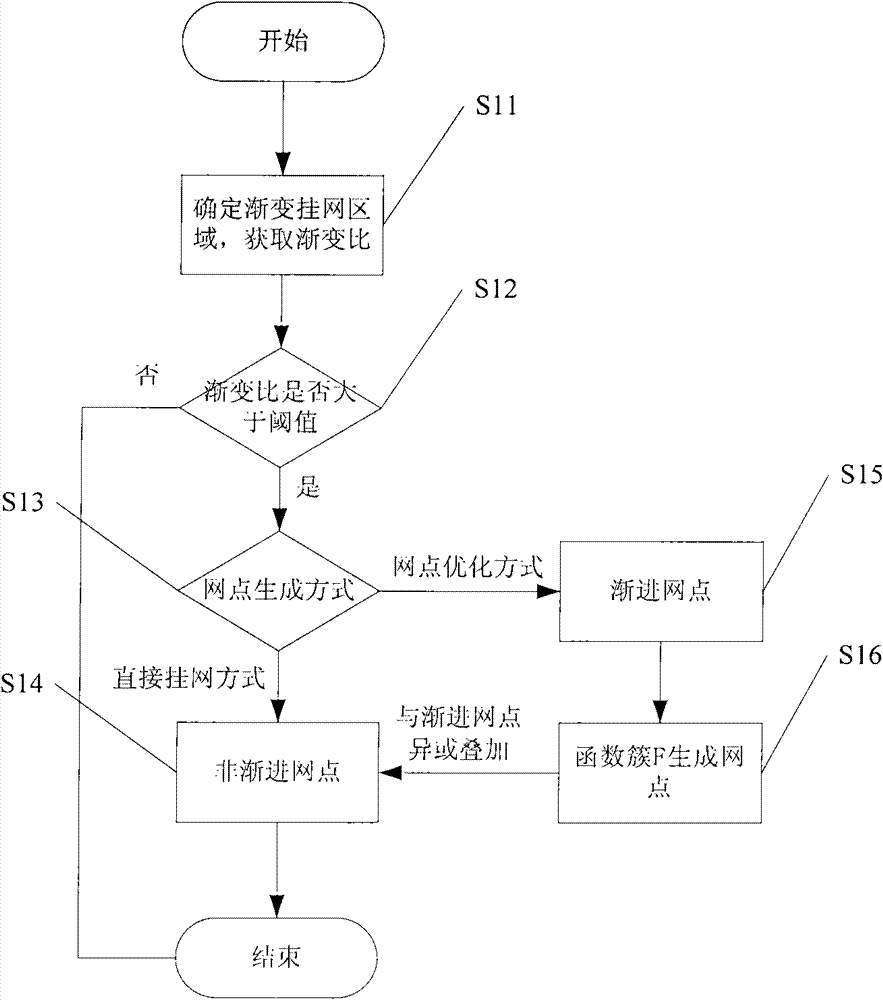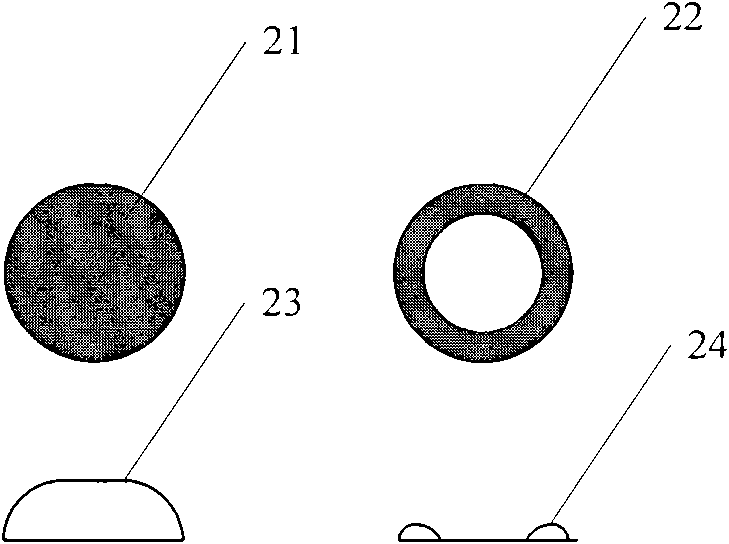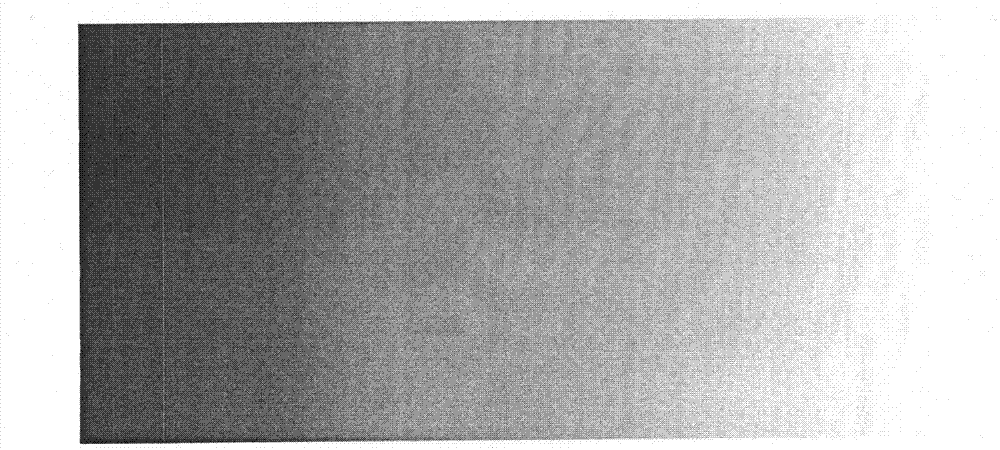Method and system for constructing non-progressive screen dots
A non-progressive, halftone technology, applied in the field of constructing non-progressive dots, can solve the problems such as the technology or method of constructing non-progressive dots without progressive dots, and achieve the effects of significant ink saving, reduced usage, and simple processing methods.
- Summary
- Abstract
- Description
- Claims
- Application Information
AI Technical Summary
Problems solved by technology
Method used
Image
Examples
Embodiment 1
[0045] In this embodiment, an example is used to generate a circular dot with a gradient ratio of 100%, and the process is as follows figure 1 Shown, a kind of method of constructing non-progressive network, comprises the following steps:
[0046] First determine the progressive network dot hanging network area (step S11), obtain the gradual change ratio along the progressive direction in the progressive network dot hanging network zone to be 100%, wherein said gradual change ratio along the progressive direction refers to minimum and maximum ink ratio along the progressive direction The ratio of the ink mentioned above is the percentage of the ink area and the blank area in the area where the dot is located. The gradient ratio varies depending on the ink and paper. In practice, the empirical value is generally set according to the printing parameters such as ink and paper. Generally, is greater than or equal to 25% and less than or equal to 1.
[0047] Step S12, judging whet...
Embodiment 2
[0072] Others are identical with embodiment one, and difference is: the threshold value of setting in step 2 is 60%; In step 3, if setting non-progressive dot generation mode is the dot optimization mode, then according to step S15, at first generate progressive dot, as Figure 4 Shown, generate new network point (step S16) according to same function cluster F among the above-mentioned embodiment one then, and in Figure 4 XOR superposition is performed on the generated progressive dots to generate new non-progressive dots (step S14).
[0073] In this embodiment, the function cluster F supports recursive calls, that is, a new dot is generated on the basis of the progressive dot, and a second dot is generated based on the new dot once again, so that the dot ink ratio generated by the function cluster F exceeds the limit value, and then stops. XOR superposition generates non-progressive dots, that is, secondary dots are XORed with primary dots, and the last dots are XORed with p...
PUM
 Login to View More
Login to View More Abstract
Description
Claims
Application Information
 Login to View More
Login to View More - R&D
- Intellectual Property
- Life Sciences
- Materials
- Tech Scout
- Unparalleled Data Quality
- Higher Quality Content
- 60% Fewer Hallucinations
Browse by: Latest US Patents, China's latest patents, Technical Efficacy Thesaurus, Application Domain, Technology Topic, Popular Technical Reports.
© 2025 PatSnap. All rights reserved.Legal|Privacy policy|Modern Slavery Act Transparency Statement|Sitemap|About US| Contact US: help@patsnap.com



